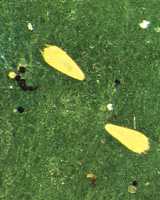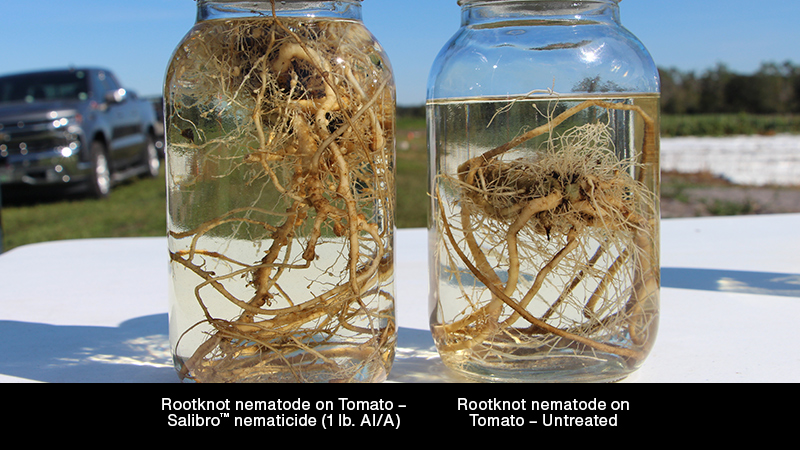Smiting Mites

Control Options
Chemical control of the two rust mite species depends on the marketing objectives for the fruit. The cosmetic appearance of fruit is a greater priority for fresh-market fruit and thus fresh fruit requires more intense management. Fruit growth and abscission is not affected until 50% to 75% of the fruit surface is injured by rust mites, so there is less need for intensive chemical control of fruit intended for processing. Groves producing fresh market fruit may be treated with miticides three to four times annually, typically during April, June, August, and October. However, groves producing fruit for the processing market may receive zero to two applications for rust mites annually. Monitoring for rust mites should begin in early April and continue every two to three weeks throughout the season.
Canker And Greening Effect
Current control measures for citrus greening and canker could impact rust mite control programs. For example, multiple copper sprays may increase rust mite populations and this may require more intense monitoring and/or additional management sprays for rust mites. Also, Danitol (penpropathrin, Valent U.S.A.) applications can flare rust mite populations; therefore, monitoring for rust mites directly after Danitol applications is recommended. In addition, weather conditions will impact rust mite population densities. During dry periods of little or no rain, rust mite populations increase fastest, while during periods of rain and high humidity, populations decline quickly.
The other two taxonomic groups of concern are the spider mites and broad mites. Spider mites primarily feed on mature leaves and can cause cell destruction, reducing photosynthesis. Broad mites are particularly important in greenhouse settings and on lemons and limes grown in the field. Broad mites primarily feed on the youngest and most tender leaf flush tissues. New leaf growth is distorted by a toxicant in the saliva that is injected by these mites.
Selecting an appropriate miticide should depend on the intended target of control. With the current emphasis on psyllid and citrus leafminer control, it would be wise to choose a miticide that is also active against one of these two pests. With the exception of petroleum oil, no miticide should be applied more than once per season to avoid development of resistance. For more detailed information see the 2007 Florida Citrus Pest Management Guide on mite control at: http://edis.ifas.ufl.edu/CG002.









